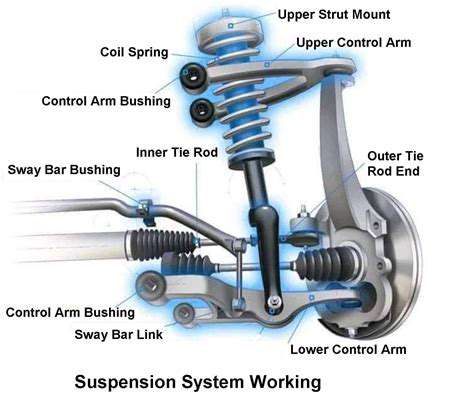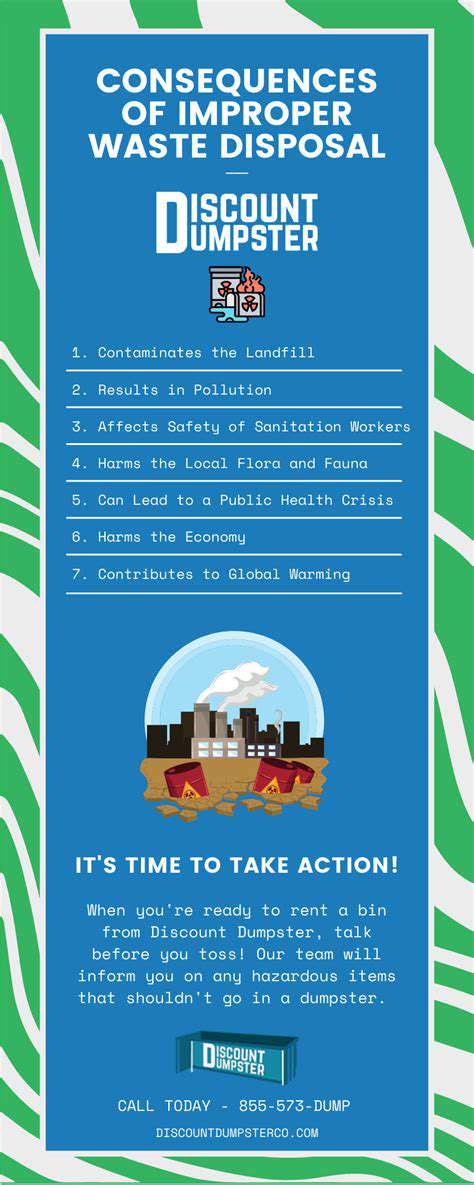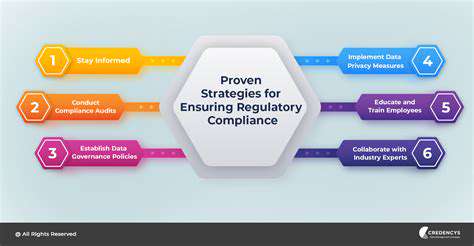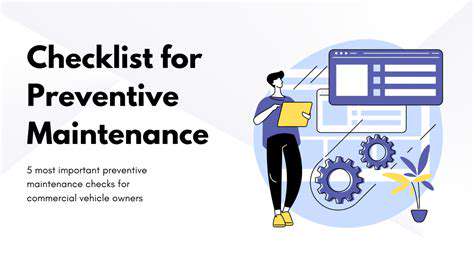Driving Safety Tips for Rain & Snow

Safe Driving Practices in Snow
Snow transforms driving from routine to survival skill. Beyond reduced speed, learn to read snow textures - fresh powder behaves differently than packed snow or ice patches. Always clear ALL snow from your vehicle - roof accumulation can blind you or other drivers when it slides. Headlights stay on regardless of time to increase visibility to others. Pack a winter survival kit including traction aids, flares, and thermal blankets - you may need them or encounter someone who does.
Winter Tire Considerations
The rubber compound in winter tires stays flexible below 45°F when all-season tires harden. This flexibility creates up to 50% better traction on ice and packed snow. Studded tires offer another 10-15% improvement but check local regulations. Don't mix tire types - inconsistent traction between axles creates handling nightmares. If buying only two winter tires (not recommended), install them on the rear to prevent spinouts, regardless of your vehicle's drive type.
Vehicle Preparation for Winter Driving
Beyond standard maintenance, winter demands special preparations. Replace wiper blades preemptively every October - summer heat degrades them before winter arrives. Apply water-repellent treatment to exterior glass to improve visibility. Keep your gas tank at least half full to prevent fuel line freeze and ensure you have heat if stranded. Test your emergency flashers and carry spare fuses - these often fail when needed most.
Understanding Road Conditions and Visibility
Snow creates unique visibility challenges. Whiteout conditions require immediate speed reduction and hazard lights - but don't stop on roadways. Watch for black ice near bridges and overpasses where pavement cools fastest. Morning shadows can hide icy patches even after temperatures rise. Use roadside reflectors and mile markers to stay oriented when lane markings disappear. Remember, four-wheel drive helps you go but doesn't help you stop any faster.
Staying Safe During Rain and Snow: Beyond the Wheel

Preparing for the Storm
Storm preparation begins long before weather alerts. Create a home emergency kit with 72 hours of supplies, including medications, pet food, and backup power for medical devices. Know your home's vulnerabilities - does the basement flood? Do trees threaten power lines? Install a battery-powered or hand-crank NOAA weather radio for reliable alerts when power fails. Practice emergency drills with household members so everyone knows evacuation routes and meeting points.
Protecting Your Home
Winterproofing starts from the top down. Insulate attic spaces to prevent ice dams that can cause roof leaks. Disconnect garden hoses and shut off exterior water valves to prevent pipe bursts. Install thermal curtains to retain heat during power outages. For recurring flood areas, consider installing backflow valves in drains. Keep snow removal tools accessible - not buried in the garage. Mark utility shutoffs clearly so they're findable in emergencies.
Staying Safe During the Storm
When storms hit, prioritize information over reaction. Avoid travel unless absolutely necessary - most storm-related deaths occur in vehicles. If you must drive, share your route and estimated arrival time with someone. At home, close unused rooms to concentrate heat. Prevent carbon monoxide poisoning by never using generators, grills, or camp stoves indoors. Stay hydrated - cold weather dehydration sneaks up unexpectedly. Monitor elderly neighbors who may need assistance.
Post-Storm Safety
The aftermath holds hidden dangers. Assume all downed power lines are live - report them immediately but keep at least 30 feet away. Clear snow from vents to prevent carbon monoxide buildup. Document damage thoroughly for insurance before making temporary repairs. Check on vulnerable community members - extreme cold disproportionately affects homeless populations and those without heat. Restock emergency supplies immediately - the next storm may arrive sooner than expected.











